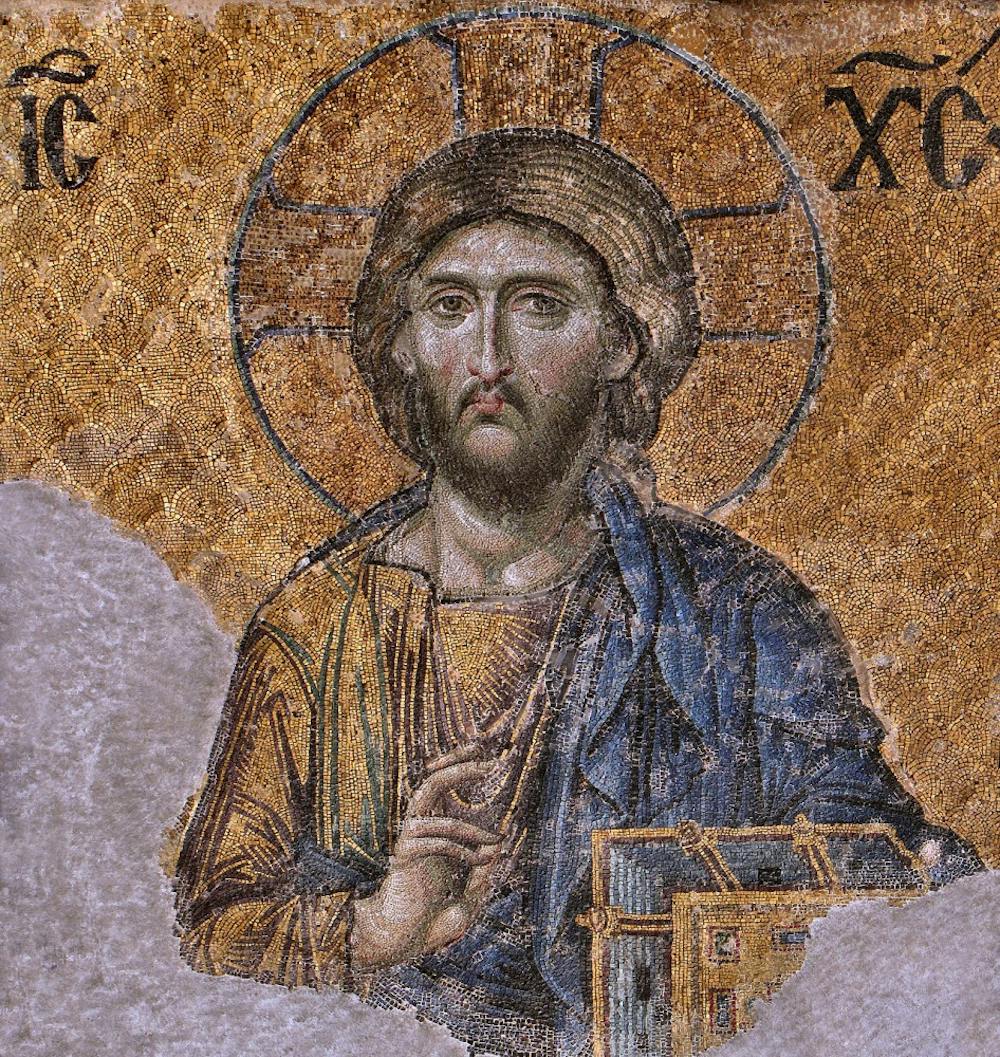by Valerie Vasiliki Smith |
Opening church doors can be one of the most significant parts of attending liturgy, though I did not learn how important this action was until reflecting upon a compelling childhood experience. As a child, I was always told that God was omnipresent, but I wanted to test this statement to see if I could hide from God.
I had associated God with the presence of light and attempted to find places within my home which lacked light. I decided to enter a small storage room and upon closing the door behind me, I was met with darkness and a startling feeling of guilt. My fear within isolation began to intensify until I blindly reached for the door and hurriedly stepped back into the lighted exterior. In my childish effort I felt that I had fractured my relationship with God, yet I had experienced a valuable lesson: Never close the door to God.
When we are tempted to hide in the shadows or fail to recognize the light within our lives, we impatiently blame God for feeling lost and spiritually shattered in the darkness. However, God does not close doors; closing doors is a choice that we make. The GOA's publication “Repentance and Confession” reveals how prayer changes our discourse away from darkness and influences us towards the wholeness of God's image. This is because reorientation or "‘metanoia’ is the gateway to oneself, to one's fellow man, and to heaven. It leads inwards, but it also leads outwards by leading inwards."
This idea continues by focusing on the need to learn from our challenges in order to realize that the light which exists beyond the door is always within reach because it is the same light that resides within ourselves. Once opening the door, this light is intensified and guides us out of darkness, though we must continually seek guidance through prayer. By doing so, we remain intrepid to the lure of repeatedly becoming lost in the distress of obscurity.
In his book “Understanding the Greek Orthodox Church,” Demetrios J. Constantelos stresses the constant need for guidance because "modern man is lost in confusion and uncertainty.... He has been invited to appropriate the attributes of the God-man, Christ, so that he may be transformed into the Christ icon, or image." Often our responsiveness to God is similar to the formation of a mosaic, as seen in the Hagia Sophia deesis mosaic of Christ Pantocrator. Though the icon is missing several mosaic fragments, the omnipotent Christ is still clearly recognized and readily welcomes the viewer.
Prayer allows new aspects of our perception of God to complete an increasingly vivid image before us because we are responding back to God's welcome. In this process, we enter into the all-sovereign light of Christ Pantocrator and leave behind the constraints of darkness. When opening the door to proceed into church, we simultaneously accept the invitation to become part of God's image by opening up ourselves into a unifying spiritual dialogue. Through prayer, we can continually let the pieces of our understanding come into place and keep the door open to God.
Valerie Vasikili Smith is a junior nursing major. She can be contacted at smithv17@up.edu.









